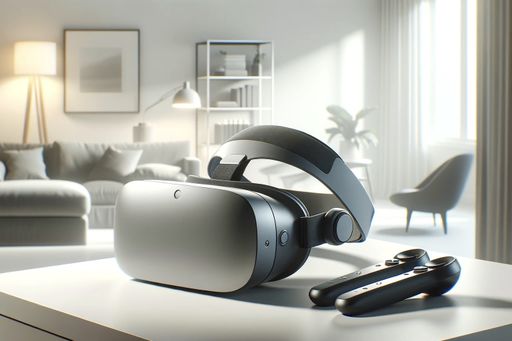Microsoft is Pulling the Plug on Windows VR Headsets
Microsoft announced this week that it plans to remove support for its entire WMR platform on Windows, which could make Windows VR headsets inoperable.

A Good Start
Back in 2017, Microsoft made a surprising entry into the VR sphere by collaborating with PC makers to create the first widely available PC VR headsets with inside-out tracking.
As part of this initiative, Microsoft launched the 'Windows Mixed Reality' platform, which integrated support for Windows VR headsets deeply into the Windows operating system. The Windows VR headsets were compatible with modern Windows installations and even included a fully-supported virtual desktop system.
However, despite these advancements, Microsoft failed to attract developers to its platform. The Windows Mixed Reality app store remained relatively empty, with most VR content being available on Meta (formerly Oculus) and Steam. This lack of content resulted in users turning to Steam for most of their headset usage, leaving Microsoft with little revenue from Windows VR headsets.
Where Things Went Wrong
While the Windows VR headsets were affordable and decent, they had some critical flaws. One major issue was the bulky controllers shared by all Windows VR headsets, which had an awkward input layout and subpar tracking compared to competitors like the Oculus Rift and HTC Vive.
It wasn't until 2020 that HP offered an improved alternative, which borrowed some of the best features of the Oculus Touch controllers. However, it still had a bulky ring and relied on visible-light tracking.
These shortcomings, along with the lack of developer support, contributed to Microsoft's decision to pull the plug on the Windows Mixed Reality platform.
Pulling the Plug on Windows Mixed Reality
Recently, Microsoft quietly announced on its 'Deprecated Features' page that it plans to remove Windows Mixed Reality from a future release of Windows. This deprecation includes the Mixed Reality Portal app and Windows Mixed Reality for SteamVR and Steam VR Beta.
While the exact details of how this will happen are unclear, it raises questions about the future compatibility of Windows VR headsets. Windows Mixed Reality is currently an integrated module in Windows and can be installed and managed natively through the operating system. The Windows Mixed Reality for SteamVR plugin, which enables compatibility with SteamVR, is available for download on Steam.
It remains uncertain if all Windows Mixed Reality features will become inoperable or if they will simply be removed from the storefront. It's possible that existing users who have already installed the necessary software may still be able to use it, and Microsoft might make the packages available for separate download. However, further clarification from Microsoft is needed.


